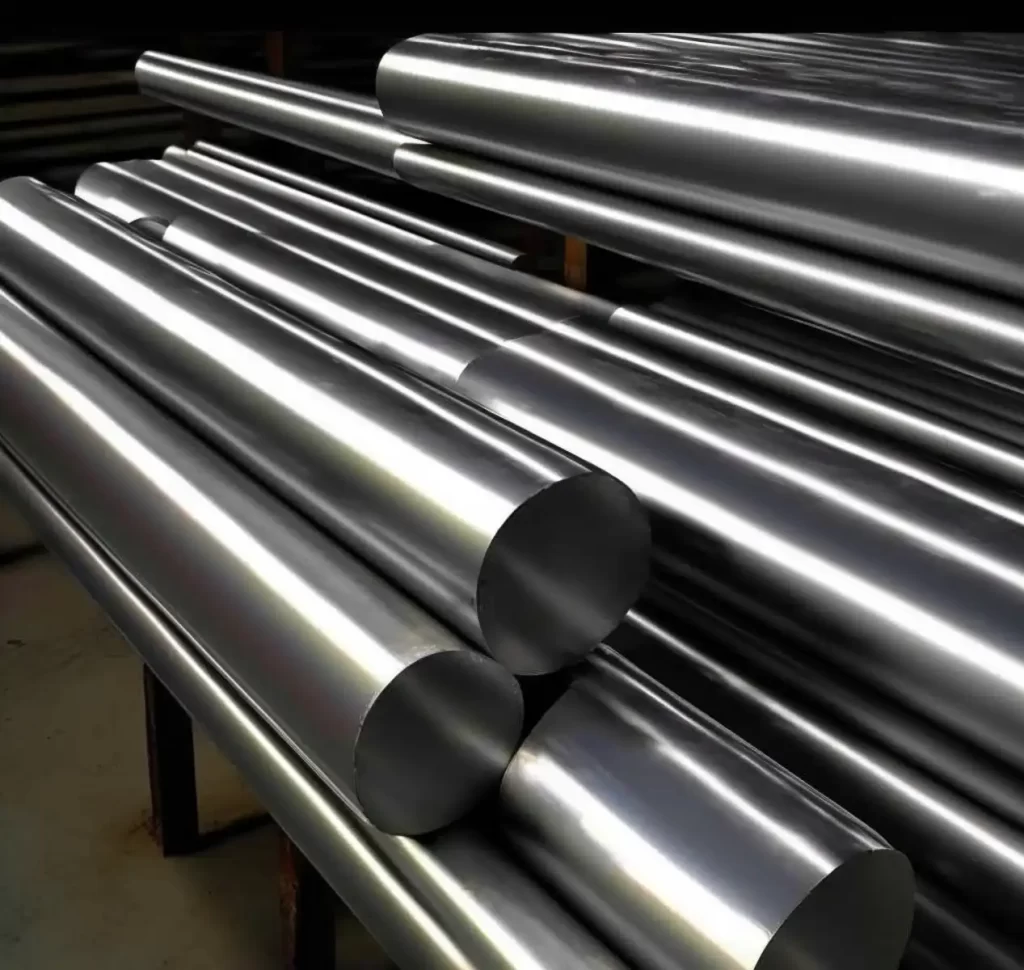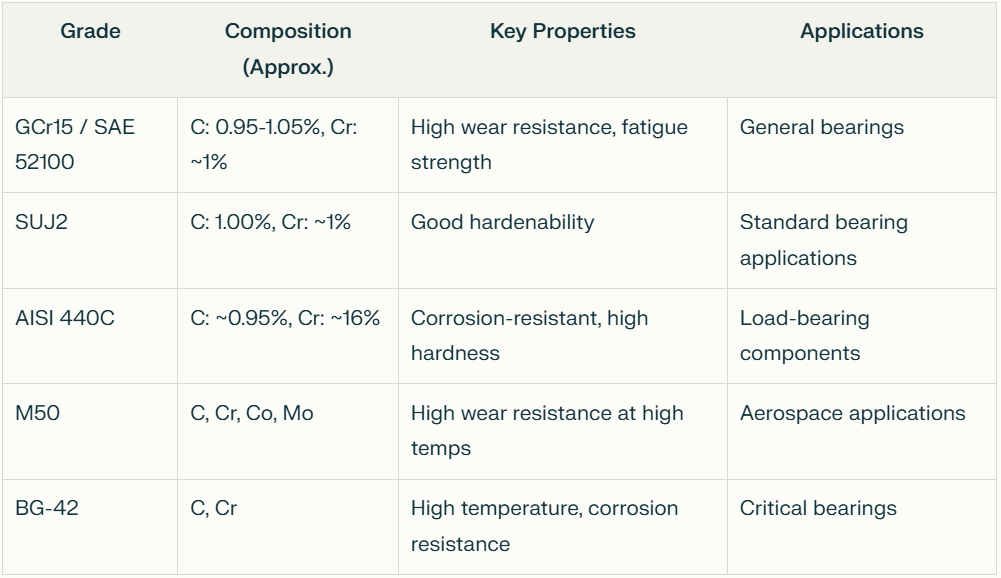News Center
Do you know the classification of bearing steel?
2022-08-30
Do you know the classification of bearing steel?
Bearing steel is a specialized type of steel designed for the manufacture of rolling bearings, characterized by high wear resistance, hardness, and fatigue strength. The classification of bearing steel can be broadly categorized based on its chemical composition, properties, and intended applications. Here’s an overview of the main types of bearing steels:
1. High-Carbon Chromium Bearing Steel
This is the most common type of bearing steel, known for its excellent hardness and wear resistance.
Grades:
GCr15 (SAE 52100): Widely used for various bearings; exhibits high contact fatigue strength and good dimensional stability.
SUJ2: Japanese standard equivalent to GCr15; used for general bearing applications.
SUJ3: Offers higher hardenability due to additional manganese and silicon; suitable for larger bearings.
Properties:
- High carbon content (approximately 0.95-1.05%)
- Good hardenability and wear resistance
- Moderate cold work plasticity

2. Stainless Bearing Steel
These steels provide enhanced corrosion resistance while maintaining good mechanical properties.
Grades:
AISI 440C: A high-carbon martensitic stainless steel; offers good fatigue life and corrosion resistance, commonly used in load-carrying components.
Properties:
- High hardness (58-62 HRC)
- Good resistance to oxidation with proper surface treatment
3. Specialty Bearing Steels
These steels are designed for specific applications requiring unique properties.
M50: A high-speed steel used in precision bearings; contains cobalt and tungsten for exceptional wear resistance.
BG-42: Suitable for critical bearings in high-temperature and corrosive environments.
Properties:
- High hardness and toughness
- Retains properties at elevated temperatures
4. Alloyed Bearing Steels
These steels incorporate various alloying elements to improve specific characteristics.
GCr6 and GCr9: Low chromium bearing steels that offer better machinability and wear resistance compared to standard carbon steels.
Properties:
- Enhanced hardenability
- Suitable for making steel balls and rollers
Summary Table of Bearing Steel Grades

Conclusion
The classification of bearing steel encompasses a wide range of grades tailored to meet specific performance requirements across various industries. By understanding these classifications, manufacturers can select the appropriate type of bearing steel that aligns with their operational needs, ensuring optimal performance and longevity in their applications.
Welcome to contact us if you have any request about DSYC bearings!